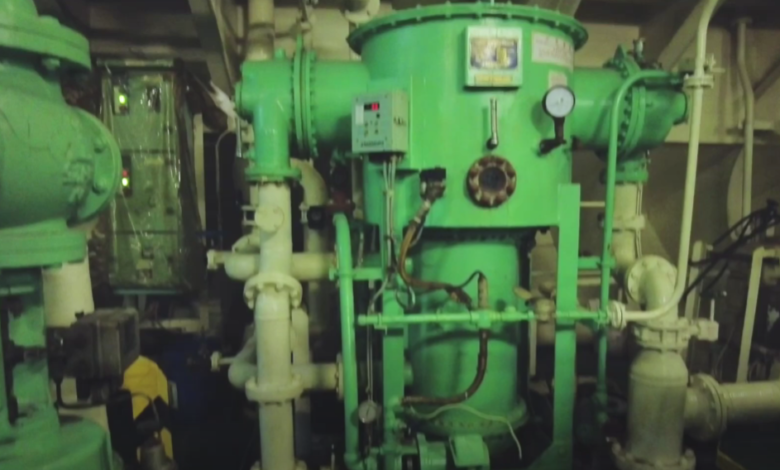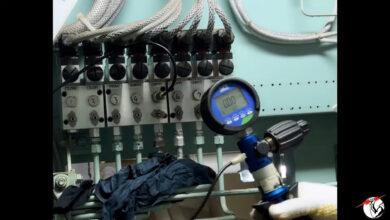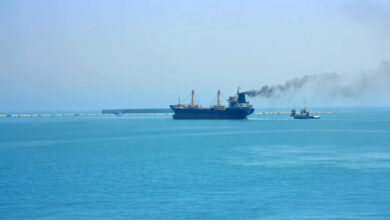The Ultimate Fresh Water Generator Guide: Hydration Heroes Unite 💧

Fresh Water Generator: Because Drinking Seawater Is Not an Option 🌊
Oh, the glamorous life of a marine engineer—where your biggest flex is starting a fresh water generator without flooding the ship or triggering alarms. Excited yet? Don’t worry, after this guide, you’ll be the hydration hero your ship didn’t know it needed. Let’s dive in before someone accidentally drinks something that tastes like it was bottled straight from the ocean.
Safety Precautions: Avoid Becoming the Ship’s Meme 🎬
- Test That Water Like It’s Liquid Gold: Before starting, grab a sample. Check the salinity. If it’s too salty, congratulations—you just made seawater soup instead of drinking water.
- Handle Chemicals Like You’re Defusing a Bomb: The chemical dosing tank isn’t your science experiment. Wear your PPE unless you enjoy smelling like industrial bleach.
- Watch the Gauges—They’re Not for Decoration: If you ignore pressure and temperature readings, you might just turn the engine room into a sauna. Fun for no one.
Step-by-Step Guide: Fresh Water Generator Edition 🛠️
1. Greet Your Giant Metal Friend
This is your fresh water generator—part machine, part lifesaver. Look at it with respect (and a little fear, just to be safe).
2. Check the Vacuum Gauge
You’re aiming for -0.85 bar. If the vacuum looks suspiciously low, don’t ignore it—this isn’t one of those “it’ll fix itself” moments.
3. Monitor the Shell Temperature
Keep the temperature around 44°C. If it’s getting hotter, your fresh water generator isn’t “working harder”—it’s probably malfunctioning.
4. Chemical Dosing – Science Time (But No Explosions)
Locate the chemical dosing tank. Add the chemicals carefully. Wear PPE unless you want to star in a safety video titled, “What Not to Do in the Engine Room.”
5. Feed Water Pressure
Head over to the feed water pressure gauge. It should read between 3.4 and 3.5 bar. If it’s too low, the system won’t work. Too high? You’re now in the “something’s about to break” zone.
6. Set the Salinity Alarm
Program your salinity alarm to 12 ppm. If you ignore this step, you might accidentally hydrate the crew with ocean water—and let’s just say they won’t thank you for it.
7. Check the Discharge Pressure
Look at the discharge line pressure. It shouldn’t exceed 6 bar. Overpressure = bad news. Simple.
8. Take a Water Sample
After all this hard work, collect a fresh water sample and check the salinity. If it passes, pat yourself on the back—you’ve just nailed it. If not? Time to troubleshoot, my friend.
Common Mistakes – Rookie Moves to Avoid 🚩
- Skipping the Salinity Test: If you enjoy the crew complaining nonstop, skip this step. Otherwise, test the water.
- Ignoring Alarms: Alarms are loud, annoying, and necessary. Don’t mute them.
- Overdosing Chemicals: Adding too much chemical doesn’t make you efficient—it makes you a chemical hazard.
Conclusion: You Did It (Hopefully) 🎉
Congratulations! You’ve successfully started the fresh water generator without sinking the ship or poisoning anyone. Sure, it’s not the most glamorous task, but now you’re officially the guy who made fresh water happen. Wear that badge with pride.
And hey—if you found this helpful, don’t forget to like, share, and subscribe. After all, even marine engineers need their moment of internet fame. 🚢💧




